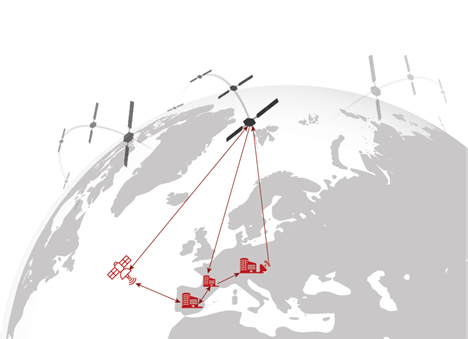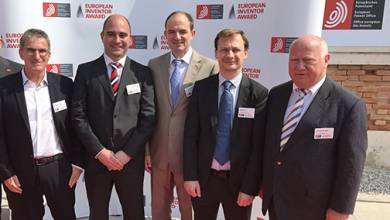GMV and Astroscale UK have embarked on a new project under the European Space Agency’s (ESA) CREAM (Collision Risk and Automated Mitigation) cornerstone, with a focus on transforming satellite collision avoidance through the use of the Galileo Signal-in-Space (SiS) capabilities.
As low earth orbits (LEO) become increasingly congested, satellite operators face a growing challenge in executing collision avoidance maneuvers efficiently. This concern has prompted the initiation of an ESA-backed endeavor to explore alternative commanding paths for late collision avoidance maneuvers (CAM). The collaboration aims to harness the Galileo Return Link Service to revolutionize the way satellites respond to collision risks.
The heightened frequency of collision avoidance maneuvers not only incurs significant operational costs but also depletes satellite propellant, curbing their operational lifespan and impacting their intended missions. Traditionally, communication with satellites for collision avoidance maneuvers has been constrained by the limited availability of ground station access, often occurring only a few times per day. This limitation forces satellite operators to delay crucial avoidance maneuvers until the last possible moment, relying on the final passes of ground stations.
GMV’s solution introduces an alternative pathway for late commanding of maneuvers, effectively reducing the waiting time for initiating collision avoidance. By leveraging the Galileo GNSS, specifically the Signal-in-Space (SiS) and its Return Link Service, the initiative proposes a continuous and reliable communication path. This approach enables the seamless relay of collision avoidance maneuver decisions to satellites equipped with onboard Galileo-compatible GNSS receivers.
The utilization of the Galileo system in this role also opens the door to potential synergy with other space situational awareness (SSA) services such as the European Space Surveillance and Tracking (EU SST). GMV suggests that this strategic collaboration could potentially lay the foundation for a globally available and unprecedented collision avoidance service.





